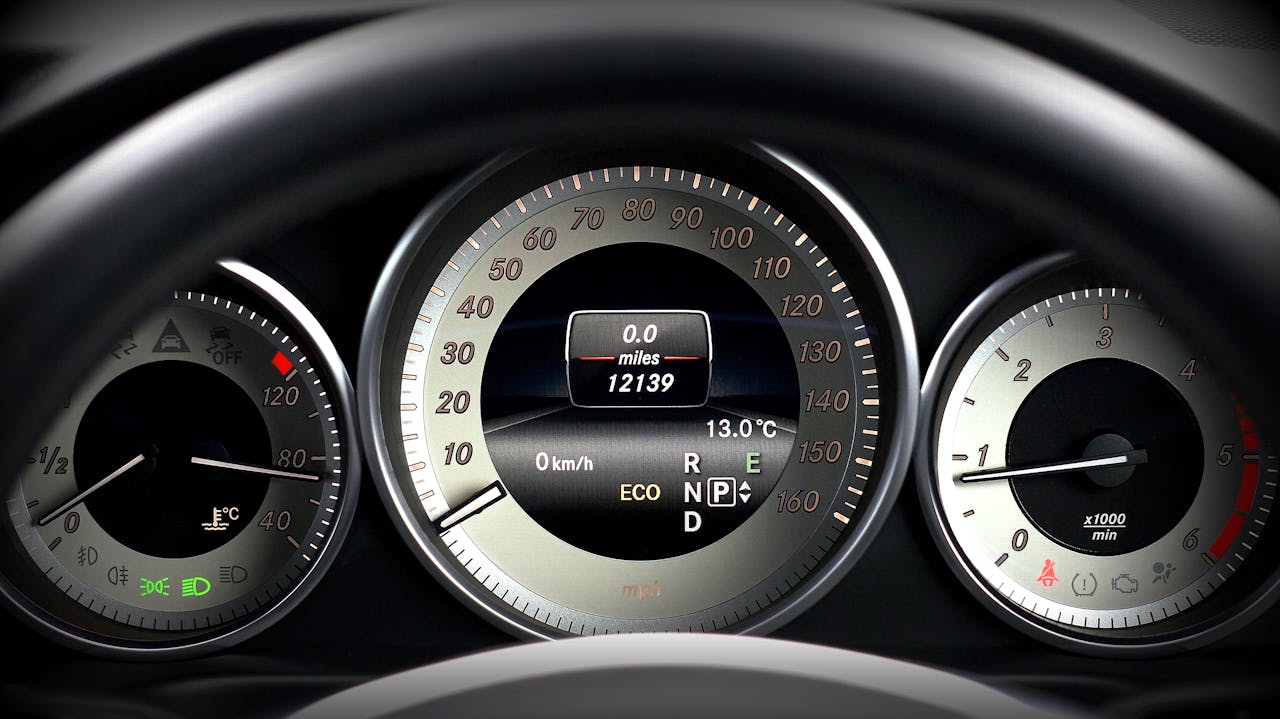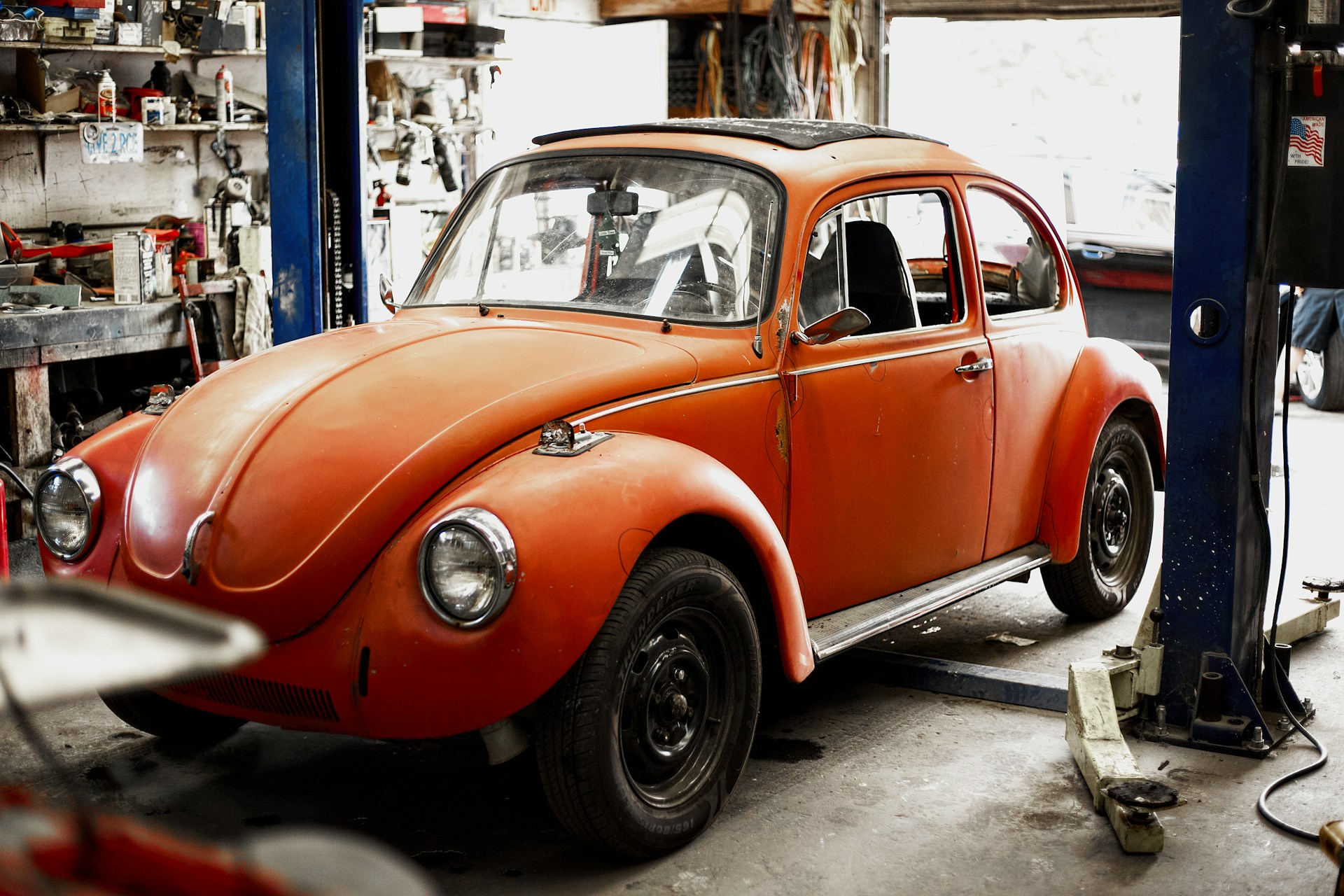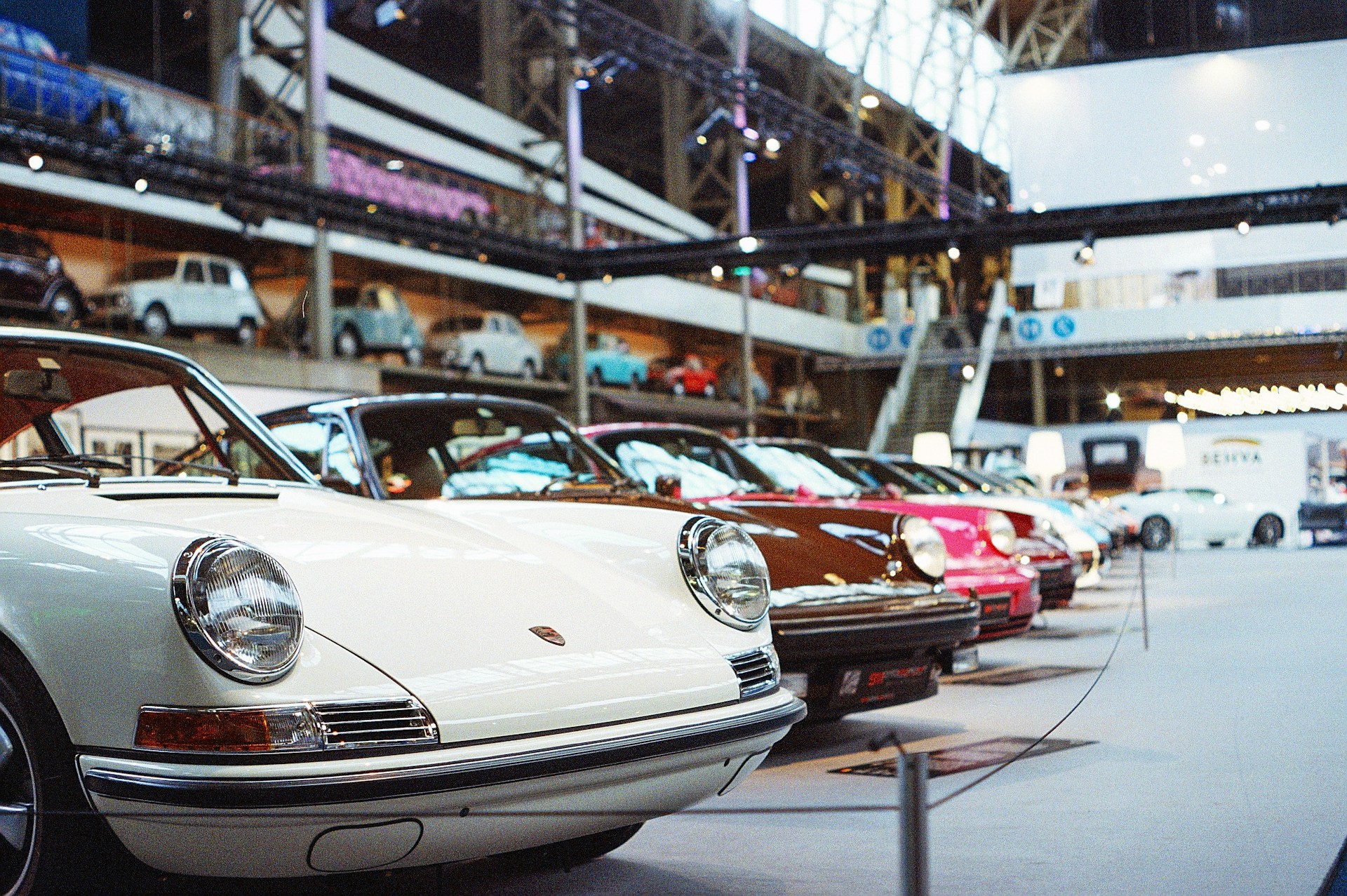Contents
Going to find out what makes a vehicle truly classic? Generally speaking, the automotive world follows several classification systems. Classic cars fall into distinct categories based on age, historical interest, and preservation quality. There are also antique and vintage autos. Many states and organizations have their own rules for registration purposes. The following guide provides the differences between classic, antique, and vintage vehicles. Grasping these distinctions can help correctly insure and evaluate such cars.
What Qualifies a Car as Classic, Antique, or Vintage?
How Old Is a Classic Car?
The age requirements for classic cars vary depending on who you ask. In most cases, classic car clubs and insurance companies have slightly different definitions. Most people agree on some fundamental criteria that determine whether a vehicle deserves the “true classic” designation.
- Cars between 20-49 years old are considered classic cars for registration purposes.
- The Classic Car Club of America defines classics as the autos manufactured from 1915-1948.
- Insurance companies in most states classify cars with the age of 10-24 years as “modern classics.”
- Collector car enthusiasts often mention the age of 25+ years.
How Old Is a Vintage Car?
A vintage car is one manufactured in 1919-1930. Consequently, the age of such cars may exceed one century. After World War I, the automotive market evolved significantly. Vintage vehicles tend to demonstrate a vivid transition from old-fashioned designs. One can easily observe how horseless carriages gave way to innovative models. Therefore, a vintage car is valuable to collectors in America and worldwide.
What Makes a Car an Antique?
An antique car represents the oldest category of collectible automobiles. Nonetheless, it’s not just age that makes a car unique. The Antique Automobile Club of America and most collector car communities share similar views on what features an antique car should possess.
- A vehicle must be at least 45 years old to be considered vintage and a true antique car in most jurisdictions.
- Antique vehicles should maintain their original design and specifications with minimal modern touches.
- The Antique Automobile Club of America officially describes antique cars as those manufactured 25+ years ago.
- Antique or vintage cars qualify for special historical vehicle registration and insurance benefits.
Key Differences Between Classic, Antique, and Vintage Cars

Grasping the differences between each type of collectible vehicle helps categorize specific cars. The key differences lie in how these categories are defined. Generally speaking, vintage, classic, and antique cars differ in their ages. There are also distinctions in some design/technical features. Additionally, responsible boards should correctly assess each model when registering and insuring it.
| Category | Age Range | Key Characteristics | Insurance Considerations |
| Classic | 20-49 years | Special interest, limited manufacturing, or cultural significance | Specialized classic car insurance with agreed-value policies |
| Vintage | 1919-1930 | Pre-depression era styling, early automotive innovations | Higher premiums, restoration coverage valuable |
| Antique | 45+ years | Original condition prioritized, historical significance | Age-related discounts, limited mileage plans |
Investing in Classic, Antique, and Vintage Cars
Which Classic Cars Gain the Most Value?
When investing in classic cars, rarity, and desirability drive value appreciation. Limited production muscle cars from American manufacturers often see substantial growth, as do European sports cars with racing heritage. Vehicles with documented history, matching numbers, and original design features typically command premium prices. The most valuable classics combine historical significance with exceptional restoration quality, creating investment-grade assets that frequently outperform traditional financial markets.
Most people entering the collector car market benefit from studying successful car shows where top examples sell for premium prices. The passion for old car restoration has grown. Specialized auctions focus exclusively on pristine examples from specific eras. For example, pre-war luxury vehicles with coachbuilt bodies often command seven-figure prices.
How to Spot a Future Classic Car
Identifying tomorrow’s collectible cars requires understanding market trends and automotive history. While no crystal ball exists, certain indicators help predict which modern vehicles might become future classic/vintage cars worthy of investment.
- Limited production numbers (under 10,000 units manufactured) often indicate future collectibility.
- Performance variants with special engines or manufacturer-specific technologies tend to appreciate faster.
- “Last of” models representing the final year of iconic designs or engine configurations.
- Vehicles with innovative features that influenced industry trends.
- Cars with cultural significance from appearances in films or association with historical events.
Enthusiasts who wish to register it and insure potential future classics should consider how contemporary vehicles might age into collectible status. In most cases, designs that represented significant departures from industry norms become considered vintage more quickly than conventional models. Spotting these trends early allows investors to acquire vehicles before values begin appreciating significantly.
Restoring and Maintaining Classic Cars
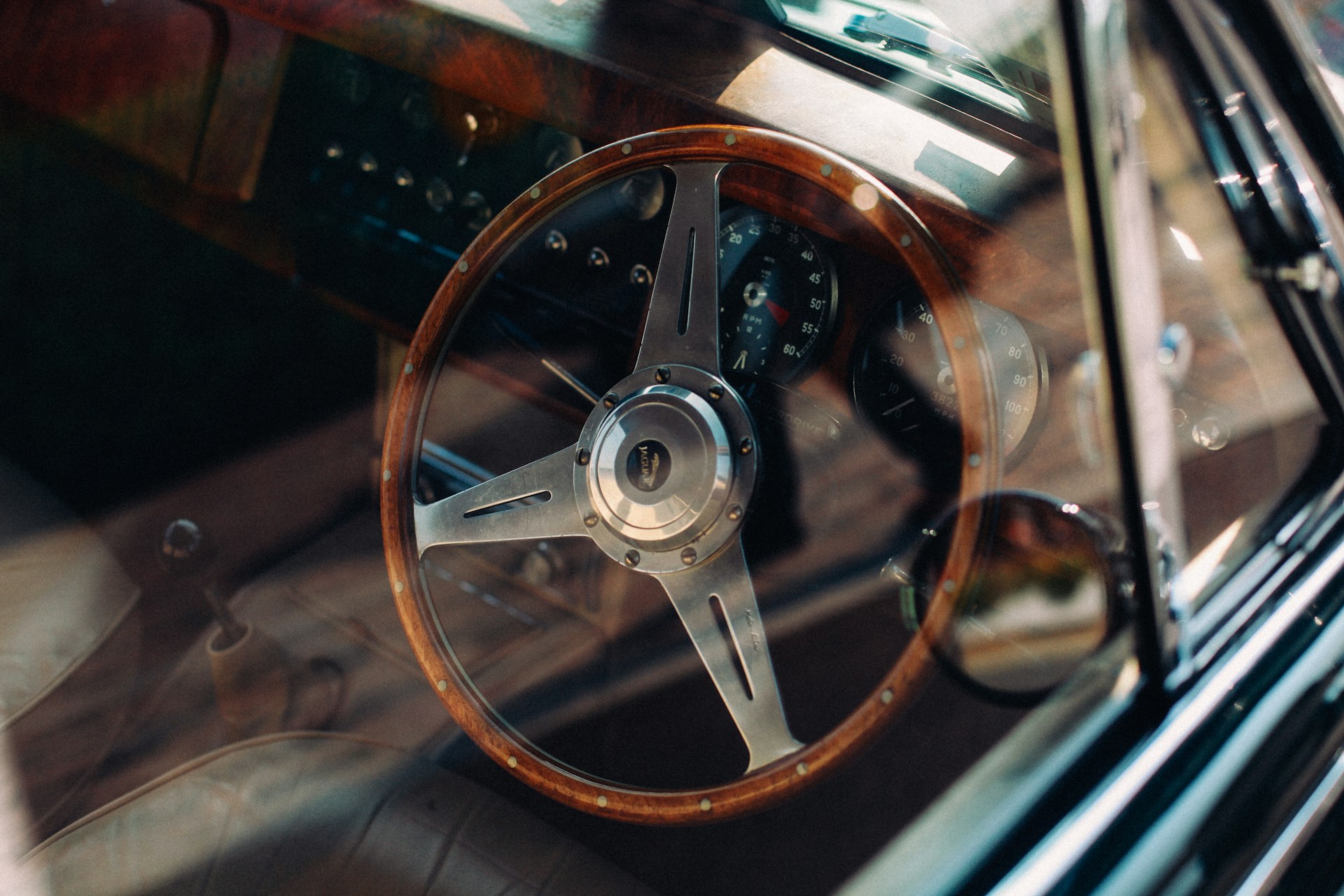
Proper maintenance significantly impacts both the driving experience and the value of old cars. Finding a balance between preservation and usability represents a key challenge for owners. Quality restoration work maintains a vehicle’s original design and specifications while addressing safety concerns. Documenting all maintenance with receipts and photographs helps establish provenance, which insurance companies consider when setting values. Joining a classic car club provides access to specialized knowledge and parts sources crucial for proper upkeep.
The community surrounding vintage car ownership has expanded significantly. Specific antique and vintage characteristics make every car unique. Enthusiasts often debate maintenance rules. They compare the merits of period-correct restoration versus sympathetic upgrades with modern touches. Collectors today value commercial truck models dating back to the 1940s-1970s.
Rare Categories of Classic Cars You Might Not Know About
Beyond the mainstream categories, several specialized classifications exist for particular types of collector vehicles. These categories often attract dedicated enthusiasts.
- Horseless carriages (pre-1916 vehicles): minimal mechanical complexity.
- Brass Era cars (1896-1915): brass headlamps and trim elements.
- “Youngtimer” classics (1980s-1990s vehicles): emerging collectibles appreciated by younger enthusiasts.
- Historic commercial vehicles: delivery trucks and service vehicles.
- Microcars and bubble cars: manufactured in post-war Europe.
Realizing makes a car worthy of preservation is accompanied by recognizing the historical significance of some production models. These everyday classics offer accessible entry points to the hobby. At the same time, they demonstrate the essential aspects of automotive development. Preservation-class vehicles with original patina and minimal modern touches have gained particular appreciation among collectors. People seeking authentic connections to automotive history find great value in these models.
Classic Car Ownership Without Buying One
Renting and Leasing Classic Cars
There are flexible rental and leasing alternatives for those wanting to experience classic cars without the commitment of ownership. Some companies offer weekend rentals of vintage vehicles. Some collector car dealers provide long-term lease arrangements. They are similar to modern car leases. Nevertheless, they are suitable for vintage and antique vehicles.
Buying Classic Cars with Shared Ownership
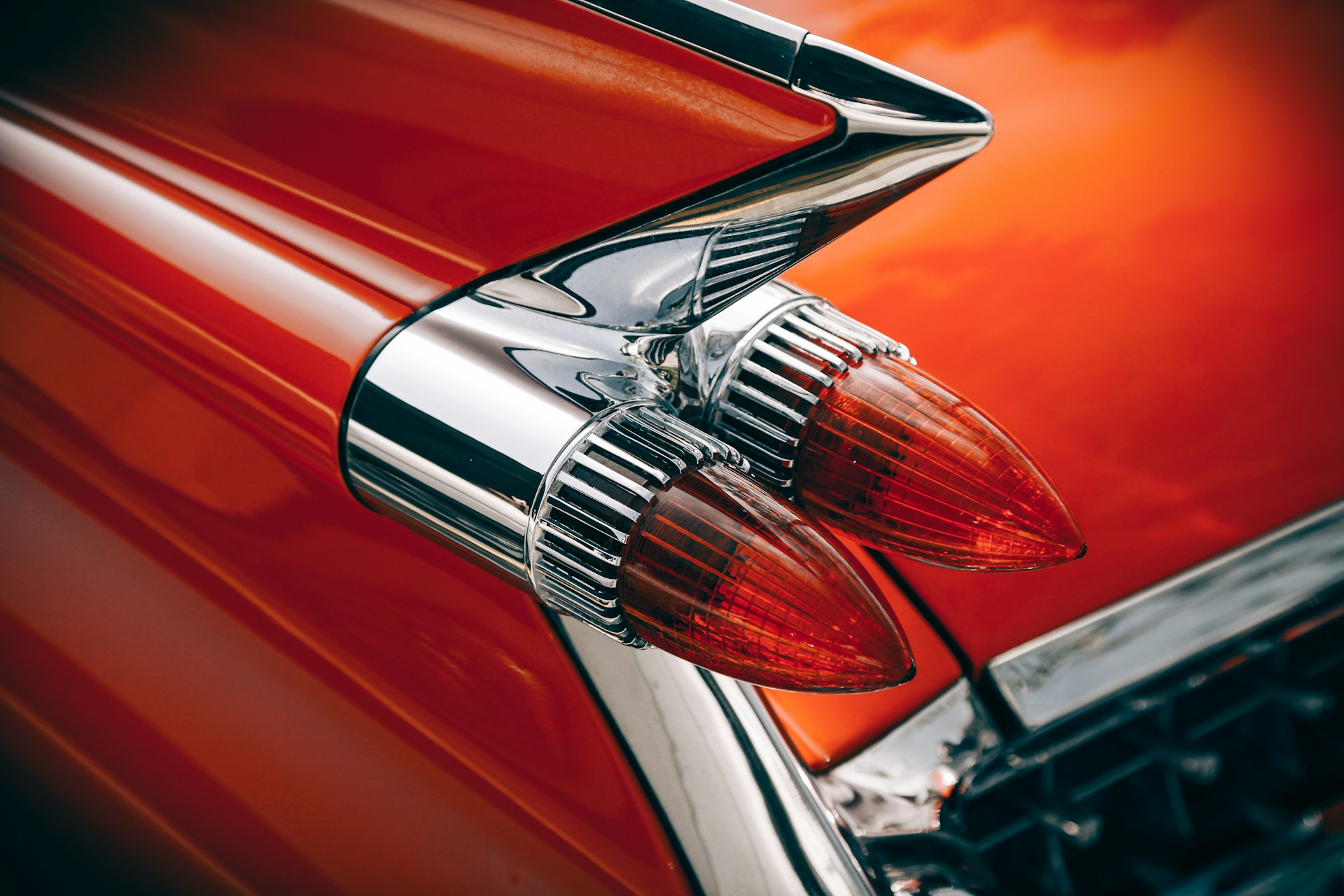
Shared ownership is an innovative approach to classic car collecting. This principle helps divide the costs and responsibilities among multiple owners.
- Investment groups purchase high-value vintage and antique cars and sell shares representing partial ownership.
- Owners typically receive scheduled access based on their ownership percentage.
- Maintenance and storage costs are shared proportionally among all partners.
- Professional management companies often handle logistics, including insurance, transport, and display at car shows.
- Shared ownership can provide a pathway to full ownership through buyout options.
Summary
The world of classic, vintage, and antique cars is rich. These vehicles provide both emotional rewards during car shows and potential financial returns. Understanding the differences between classic VS antique or vintage classifications, including how to insure such autos, helps navigate registration requirements and insurance options. While the definitions may vary between organizations, the passion for preserving these rolling pieces of history remains constant across the collector community in America and worldwide. Thus, classic/vintage/antique cars are eternally valuable vehicles.
FAQ
Should I Register My Car as a Classic?
Registering your vehicle as a classic provides several benefits but requires meeting specific criteria. Consider these factors before applying for historic vehicle registration:
Classic car insurance typically costs less than standard policies for equivalent coverage.
Many states offer reduced registration fees and tax benefits for historic vehicles.
Registration may come with usage restrictions limiting annual mileage.
Original condition requirements might prohibit certain modifications.
Classic registration often requires VIN decoder verification and additional documentation.
How Many Miles a Year Can You Drive a Historic Car?
Historic vehicles are limited to 2,500-5,000 miles annually. These restrictions help preserve the cars and justify the reduced insurance premiums. Some insurers suggest flexible mileage plans, though premiums increase accordingly. Consider verifying specific limitations initially.
What Decreases the Value of a Classic Car?
Several factors diminish a classic car’s market value:
Non-original modifications/engine swaps.
Poor quality restoration work using incorrect parts or materials.
Rust damage, especially to structural components or rare body panels.
Incomplete documentation or gaps in the vehicle’s ownership history.
A car with a rebuilt title from previous accident damage.
Incorrect color combinations not offered by the manufacturer when produced.
What’s the Best Way to Store a Classic Car Long-Term?
Climate-controlled indoor storage is a valuable approach. It helps preserve classic vehicles well. This concerns both vintage and antique cars. 40-50% humidity prevents both rust and dry rot. Starting the engine monthly helps lubricate internal car components.
What Is the Rarest Vintage Car in the World?
There are some exclusively manufactured vintage cars. The 1939 Auto Union Type D is widely considered the rarest one. Consider also these two models:
1. The 1954 Oldsmobile F-88 concept car.
2. The 1931 Bugatti Royale Kellner Coupe.
They both are considered classic auction cars. Such cars rarely change hands. Therefore, it’s challenging to calculate car depreciation without adequate expert appraisal.


